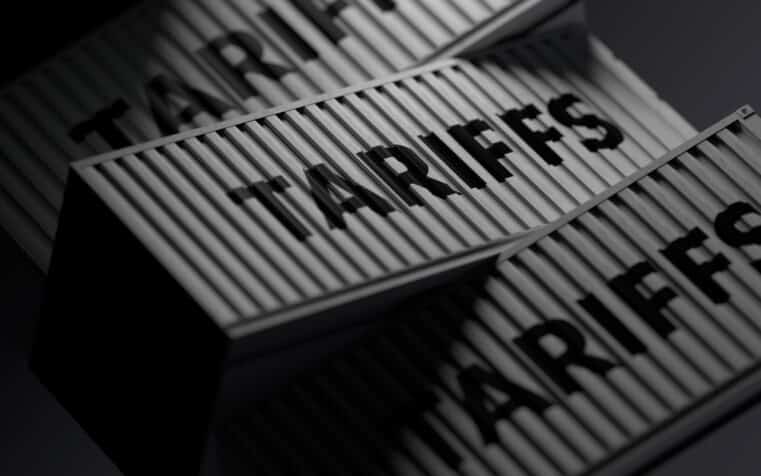
Impersonation Nation: The Real Risk Lurking in Digital Assets
Digital Dreams, Real Nightmares: The Scam That Proves Gold Never Lies
Have you ever wondered why so many criminals gravitate toward digital assets? It’s because the same technology that promises freedom can just as easily become your financial noose.
A Crime That Should Wake You Up
Recently, federal prosecutors filed a complaint that reads like a blueprint for digital deception. Scammers impersonated President Donald Trump and Vice President J.D. Vance, exploiting the veneer of authority to steal over $250,000. Using nothing more than persuasive emails and the illusion of legitimacy, they convinced victims to surrender life savings—instantly and irreversibly.
If this doesn’t send a chill down your spine, it should. Because this isn’t merely a tale of gullibility. It’s evidence that in a hyper-digitized economy, your money is only as secure as the weakest link in the system.
The Illusion of Digital Safety
Consider this: Half of the stolen funds were traced to USDT (Tether), a so-called “stablecoin” that supposedly offers a safe harbor from fiat instability. Yet even stablecoins can’t protect you from human greed and cunning.
The U.S. Secret Service now maintains an entire division—the Global Investigative Operations Center—devoted exclusively to cleaning up crypto-related fraud. They’ve seized nearly $400 million in digital assets over the last decade. But here’s the unspoken truth: no matter how many agencies or subpoenas you throw at the problem, you cannot reclaim the fundamental trust lost in a world where a single phishing email can vaporize a lifetime of work.
Meanwhile, Bitcoin evangelists preach about decentralization as if it’s the antidote to all corruption. But decentralization without tangible backing is still a house built on code—code that can be manipulated, stolen, or erased in an instant.
Why Gold and Silver Still Matter
If you think a digital ledger is the apex of financial security, you’re not seeing the bigger picture. Real wealth has a weight. It occupies space. It doesn’t disappear when someone in Nigeria spoofs an email address.
This is why physical assets—gold and silver—remain unparalleled. They don’t rely on the competence of an exchange or the vigilance of a cybersecurity team. They are immune to the slipstream of digital deception.
While the government can freeze a Binance account, and hackers can breach a hot wallet, no amount of keyboard wizardry can counterfeit the intrinsic value of a gold coin in your safe. It’s why civilizations have trusted precious metals for millennia, and why you’d be wise to anchor a portion of your wealth there today.
The Choice Is Yours
The Trump-Vance crypto scam isn’t just an anomaly. It’s a symptom of a much larger crisis: the erosion of trust in systems that promise innovation but deliver insecurity.
You can choose to keep your faith in ephemeral digital promises. Or you can reclaim sovereignty by holding assets no scammer can replicate.
When the next wave of digital theft strikes—and it will—what will you be holding? A line of code…or a tangible store of value no phishing email can touch?
Call to Action
The financial landscape is shifting faster than most realize, and those who fail to prepare risk being left behind. If you’re ready to take control of your financial destiny, I have two resources that can help you start today:
- Download my free book, Seven Steps to Protect Your Bank Accounts, and learn actionable strategies to shield your wealth from the coming economic storm. Get your copy here.
- Order your discounted hardcover copy of Bill Brocius’ groundbreaking book, The End of Banking as You Know It, available for just $19.95 (normally $49.95).
Because in a world where illusions can be conjured with a click, only the real endures. Choose wisely.











